Jan 25, 2024
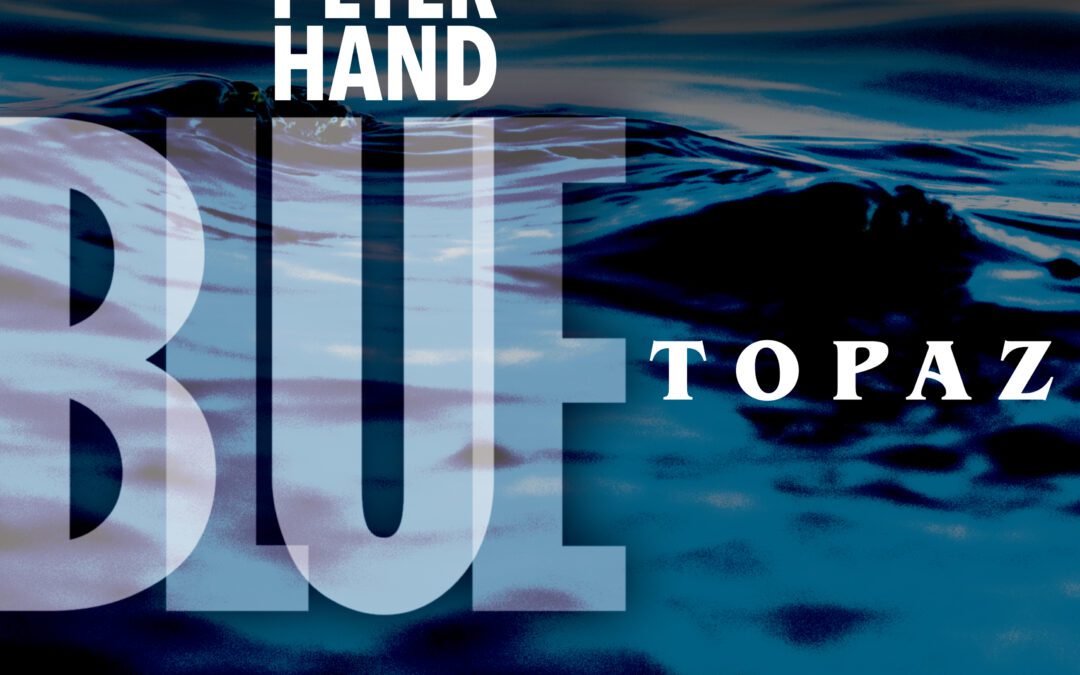

Peter Hand
Blue Topaz
Whaling City Sound
Guitarist Peter Hand is both new to this writer and these pages even though he has issued three acclaimed big band recordings. Blue Topaz, though represents a new step forward for Hand, working with a surefire small combo to deliver his straight-ahead originals, jazz standard interpretations, as well as Latin and Brazilian offerings. Hand originally comes from a blues and R&B background, which is evident in this predominantly hard bop/soul-jazz repertoire. He’s connected with these vital collaborators – trumpeter Eddie Allen, saxophonist Don Braden, pianists James Weidman and David Janeway, bassist Harvie S, drummer Steve Johns, and tenor saxophonist Houston Person who appears on two selections.
Kicking off with the infectious swinger “Hand-Me-Down Blues,” Hand echoes the clean picking of early Grant Green, Jim Hall, and Pat Martino in the first solo as well as his blues/R&B background. Passing the baton first to Allen and then Braden and later to each band member, each picks up on the inspired groove, with the rhythm section remaining in-the-pocket sturdy and stepping forward confidently in their brief turns. “Cash or Change” heads in a more distinct bluesy direction, with Harvie S delivering a robust intro that yields to a deeply toned Braden tenor statement followed by Hand’s smoothly picking liquid lines that evoke Wes Montgomery, but in the final analysis the featured soloist is Braden who declaratively struts his stuff. Hand’s ballad “Bittersweet Morning” floats gorgeously with dreamy solos from Braden on soprano, and a lush, Hall-like take from the leader.
Hand developed a love for Latin jazz while growing up in New York and broadened his tastes for Brazilian music while at Berklee and when living in St. Thomas where he had the opportunity to play that music in local bands. His “Pedro’s Samba” reflects his adept feel for this genre, with Braden excelling on flute. The oft covered standard “One For My Baby (And One More for the Road)” is a showcase for Person, who is one of those saxophonists who is clearly identifiable in just the first two or three notes that come from his horn. David Janeway, who has a three -decade history with the bass-drum tandem of Harvie S and Johns, takes the piano chair, and proves the perfect accompanist for Person’s signature bluesy style. There is no pianist aboard for another recognizable tune, Freddie Hubbard’s “Little Sunflower,” a vehicle for trumpeter Allen in this modal 1967 gem where he’s joined up front with sparkling takes from Hand and Braden on tenor to a lightly tinged Latin rhythm.
Note that while Braden also plays unequivocally soulfully, it’ easy to differentiate him and Person. The latter shows that he’s adept at more than the mid-century standards with his take on Stevie Wonder’s “Lately” from 1980’s Hotter Than July. He begins in an unhurried, most relaxed fashion, clearly wringing out every note in the wonderful melody before growing more animated upon each entrance, spurred on by Hand’s equally tasteful and downright bluesy lines. As an aside, it’s a bit ironic that Hand covers a Wonder tune with Person in the tenor chair when Braden’s last two albums have been tributes to the Motown great. (See his Earth, Wind, and Wonder Vol. 2 on these pages.) Suppose we just chalk this up to pure coincidence.
Allen alternates liquid and fierce runs on the muted trumpet while Hand swings easily on “Rosalyn,” written for his wife. Careful listening though reveals `notable versatility in the rhythm section as Johns switches from brushes in the initial and closing sections to sticks midstream, accenting his ride cymbal in solos from Weidman and Harvie S, before the quintet (in this case) gathers for the unison melody to bring it out. The title track, a term that could easily describe the color of Caribbean waters (like those of St. Thomas where Hand was fortunate to spend some time) is a light, breezy romantic bossa nova featuring fine takes from Allen, Hand, and Weidman again in a quintet rendering as Braden sits it out.
The album closes with a nod to Monk both in the title and tune itself in the hard swinging “Curioso” with the full sextet engaged in a series of turns from Braden’s tenor to Allen’s trumpet to Hand’s guitar and Weidman’s piano, highlighted by the trading on fours with drummer Johns. You can hear the enthusiasm of the players here as the track forms a kind of bookend to the hard bop opener.
Yes, Hand is supposedly a rookie in the small combo vernacular, but one would never guess it. Instead, he’s an instant winner (so tempting to say “Hands down” but let’s just leave that alone) with this uplifting session.
Click here for the full review
Click here to purchase
Nov 16, 2021
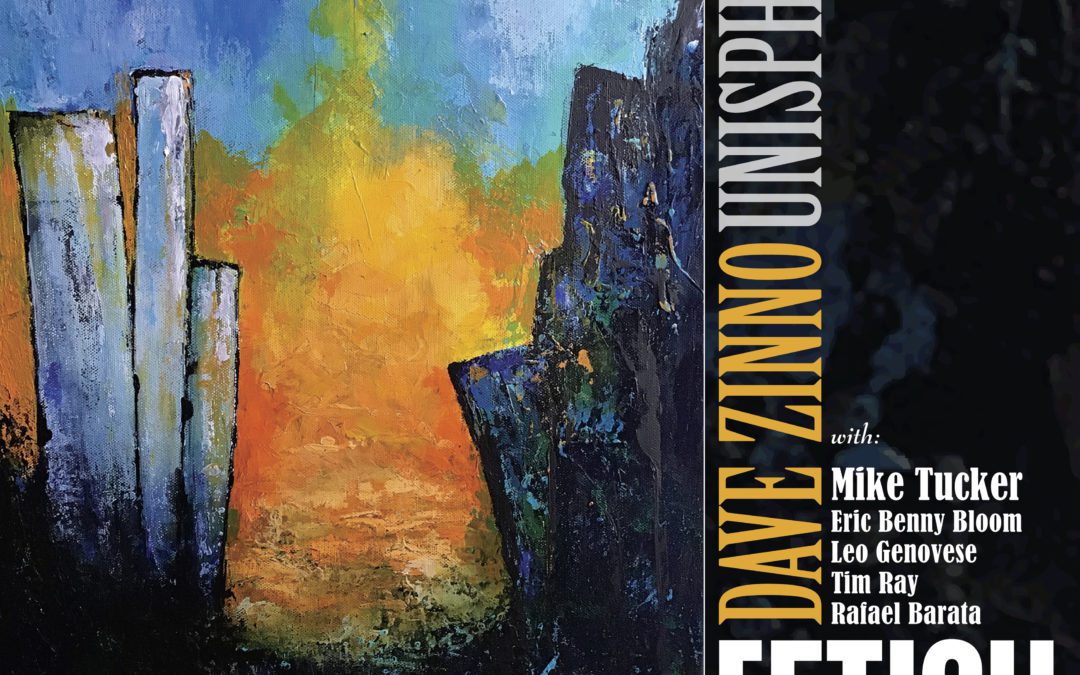

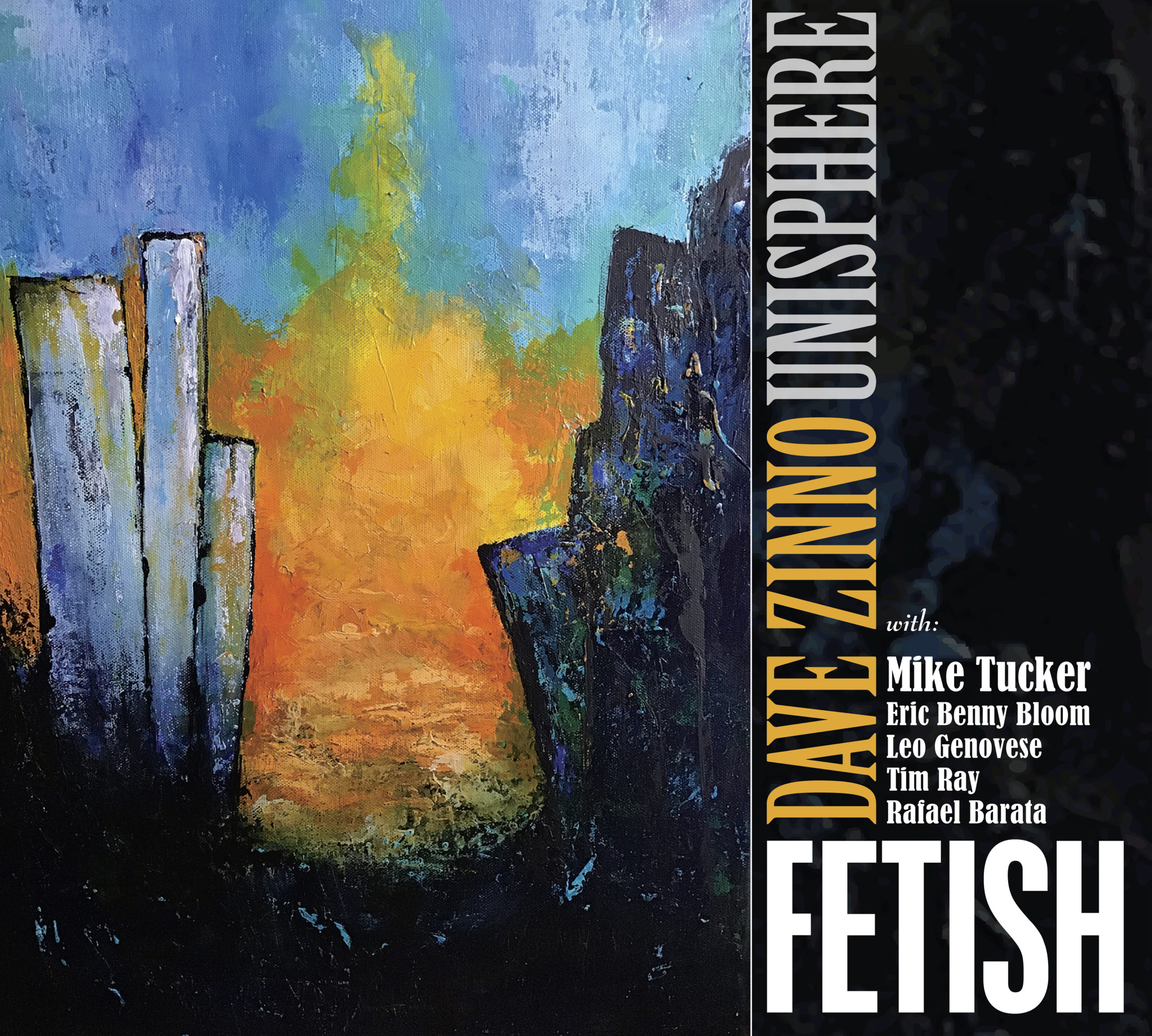
Dave Zinno Unisphere
Fetish
Whaling City Sound
Bassist and composer Dave Zinno issues his third album, Fetish, with his group Unisphere. Zinno calls it the culmination of a year without live music and thus, it’s a huge, in some cases, unbridled release of energy for he and his band members – Mike Tucker (tenor sax), Eric Benny Bloom (trumpet & flugelhorn), Leo Genovese (keyboards), Tim Ray (piano), and Rafael Barata (drums/percussion), and guest Rafael Rocha on trombone. Most of the dozen tunes, recorded in two six-hour sessions, were composed by band members with Zinno (3), Tucker (3), Genovese (2), and Ray (1). They have their hands in the arrangements as well.
The album kicks off with Zinno’s title track. It’s a rollicking, volcanic thrill ride from the outset, meant to convey both chaos and celebration, that eventually settles into a groove once Genovese takes his keyboard solo, and the leader makes an emphatic bass statement to close it out. Genovese penned the robust, sweeping “Out of the Hole,” one of five where he plays the acoustic piano and Ray sits out. The pace on this one is not quite as frenetic, but it still clips along briskly, propelled by the pianist’s rapid runs and strong horn parts, especially Tucker’s elongated solo. Bloom steps in to make his first compositional contribution to the band on “Unknown Mystery,” a more relaxed pace than the two previous but celebratory and triumphant in tone. The burning pace, (album has not lagged a bit to this point) continues with the first of Tucker’s tunes, “The Golden Age,” one that he Barata crafted together in a 4/4 meter as a tip to hard bop.
“So Close, So Far,” the second of Zinno’s tunes, begins somewhat tentatively, before Tucker and Bloom state the theme, underpinned by the leader’s bass and Genovese comping on the piano, and stellar solos from Tucker and Bloom. Ray arranged “Beatriz,” from Brazilian composer Edu Lobo, presenting the band its first ballad, with Tucker’s gorgeous tenor leading the way. “Future History,” with its dramatic bass intro, is from composer Paul Nagel, a colorful piece featuring a bright sonic palette that again has sparkling turns from the front line and another glistening Genovese piano spot and impressive work on the kit from Barata.
Tucker authored both the sweeping and uplifting “Melancholy Daydream” and “Over the Horizon.” The former features both Ray (piano) and Genovese (keyboards) while the latter has Genovese at the piano. Tucker blows a storm in the former while the “Over the Horizon” breathes more easily but seriously, with Tucker, and Genovese engaged in dialogue before Zinno steps forth with his own poignant statement.
“Into the Whole” is the second Genovese piece, a pulsating jazz waltz that features a glowing flugelhorn solo from Bloom, followed by one of Tucker’s more lyrical statements, a rhythm section break led by Zinno, and a mellow trombone entry that builds into a bright burst of all three horns. “Nile” is one of Zinno’s early 1980s compositions inspired by the film “African Queen.” The band does a great job of creating and improvising the jungle sounds, transporting the listener to those river environs. The final track, “Meu Fraco e Café Forte” is from samba legend Dom Salvador, arranged by Rafael Rocha with assistance from drummer Barata. Unlike the others that were recorded in the studio, this one was recorded remotely with Barata assembling tracks from each member. The title suggests strong coffee and Unisphere, in their consistent fashion, bring the requisite potency, ending with a joyous climax.
This is a most jubilant recording with every track uplifting in its own way. These cats bring their ‘A’ game and swing hard throughout.
Jim Hynes
Click here to read the full review!
Click here to purchase “Fetish”
Click here for more information
Nov 9, 2021
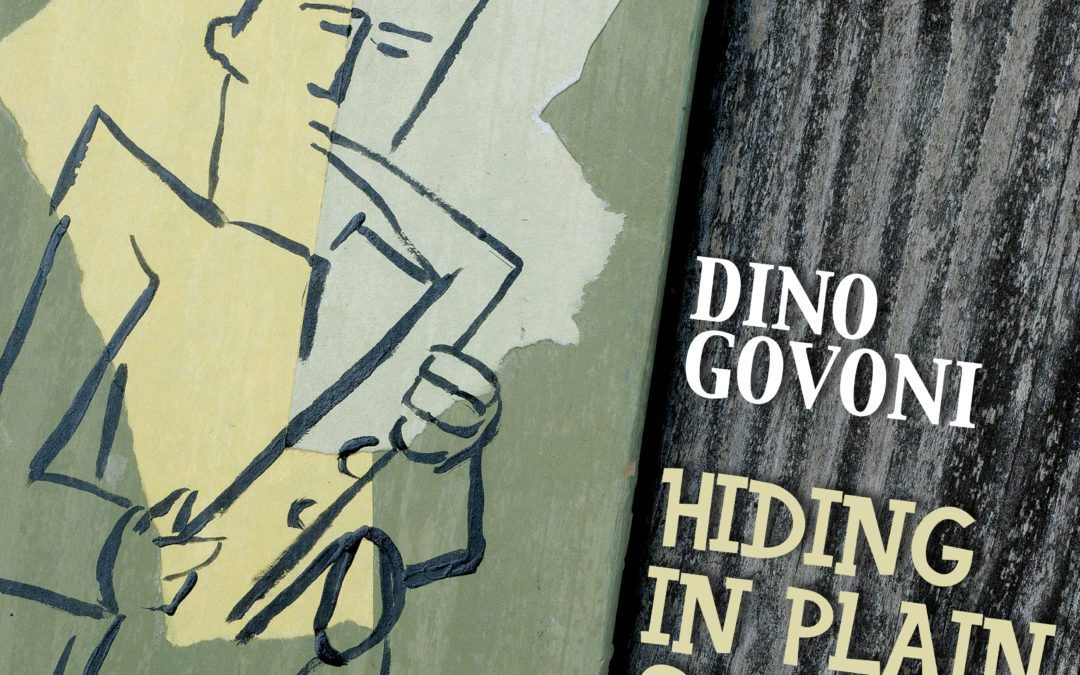
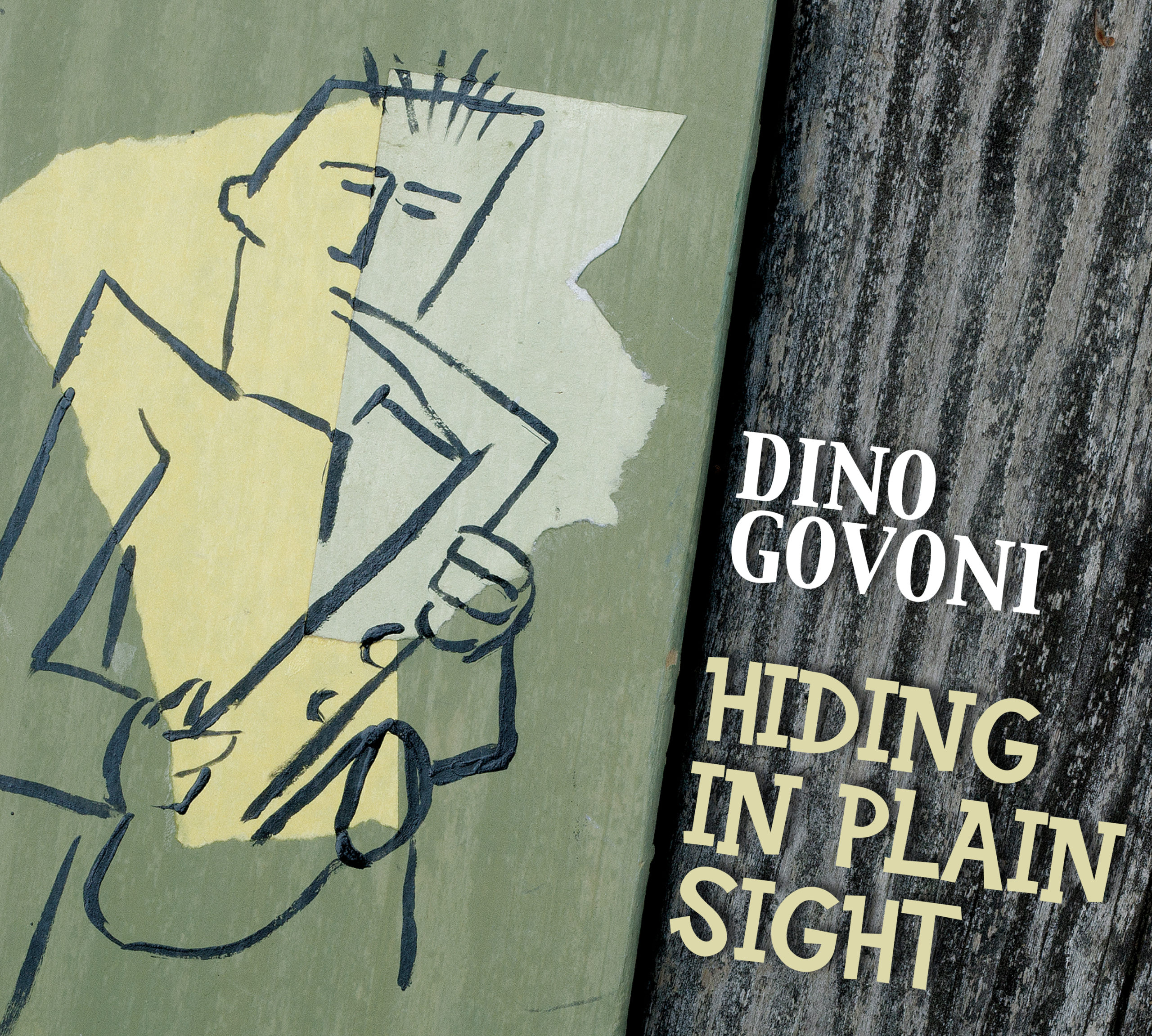
Click here to purchase!

Tenor saxophonist Dino Govoni is best known as a longtime professor at the famous Berklee College in Boston and an excellent session musician. So on our site until now, his name has appeared as a participant in the recordings of other performers. But he also has his own leadership records. He does not often release his own albums, mainly on Whaling City Sound. And his last album, the third on this label, appeared here after a long break.
Hiding in Plain Sight was recorded in Brooklyn in January 2020 as a quintet. For this project, Dino put together an excellent team. The second brass voice in the quintet was the trumpet player Alex Sipiagin, one of the most successful representatives of the Russian jazz diaspora in the States, the place at the piano was taken by Dino’s main assistant on the project, Henry Hey, Michael Pope played the bass, and one of the most popular modern ones sat at the drums. jazz drummers Jeff “Tain” Watts.
Together they performed a program of nine songs. Dino’s greatest interest was aroused by the music of the jazz veteran Paul Nagel, who worked with Robben Ford, Bobby McFerrin, Boz Skaggs: the album included as many as four of his compositions. Hey brought two plays to the project, one each by Pope and Govoni himself. Stylistically, the music of Hiding in Plain Sight is a typical neo-pop mainstream with a stable structure of pieces, developed solo performers and a relatively regular rhythm. For those who love this direction, Hiding in Plain Sight is just perfect, given the high class of performers. For me personally, the favorite of the album was Nagel’s play Falling Ahead with its somewhat mysterious atmosphere and catchy melody. But this is already a matter of tastes.
As for Dino Govoni himself, Hiding in Plain Sight gave me an interesting observation. Today in American jazz there is a whole cohort of the most talented tenor saxophonists of Italian-American origin. And next to the giant Joe Lovano, next to Jerry Bergonzi and George Garzone (by the way, Dino’s teachers), Dino Govoni also occupies a worthy place in it.
Click here to read the full review
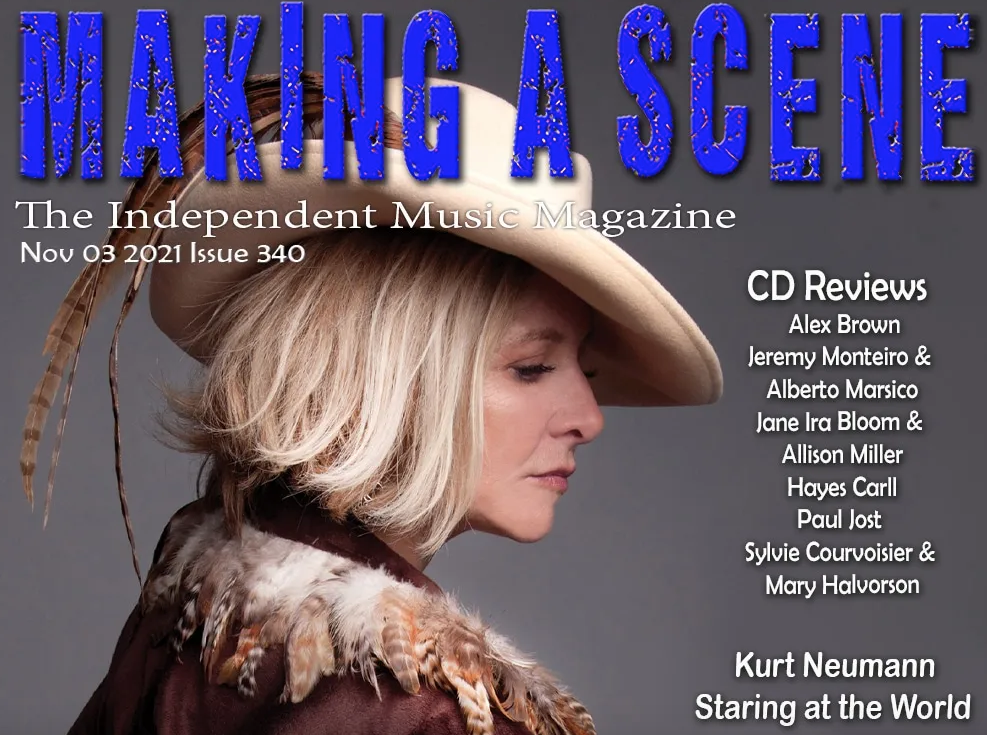


Click here to read the full review






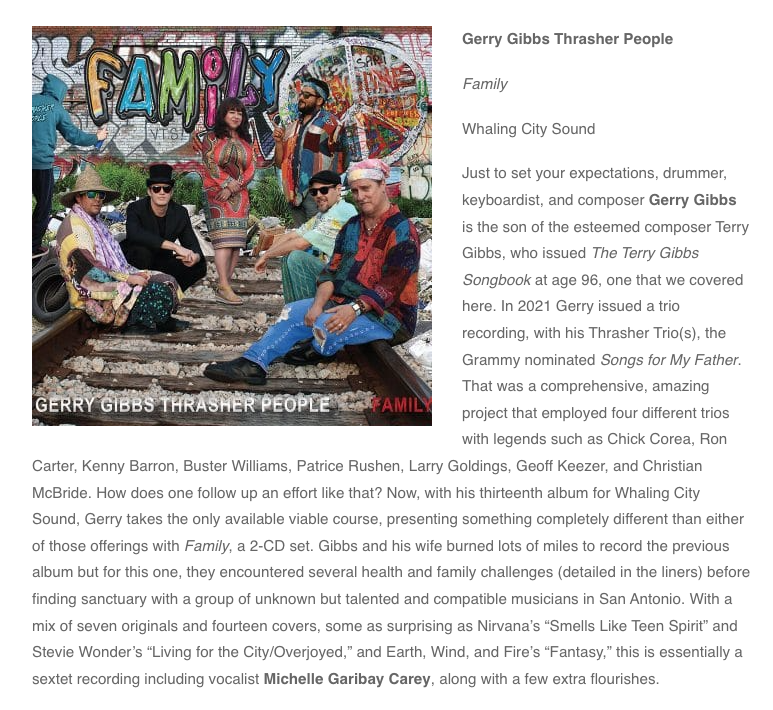

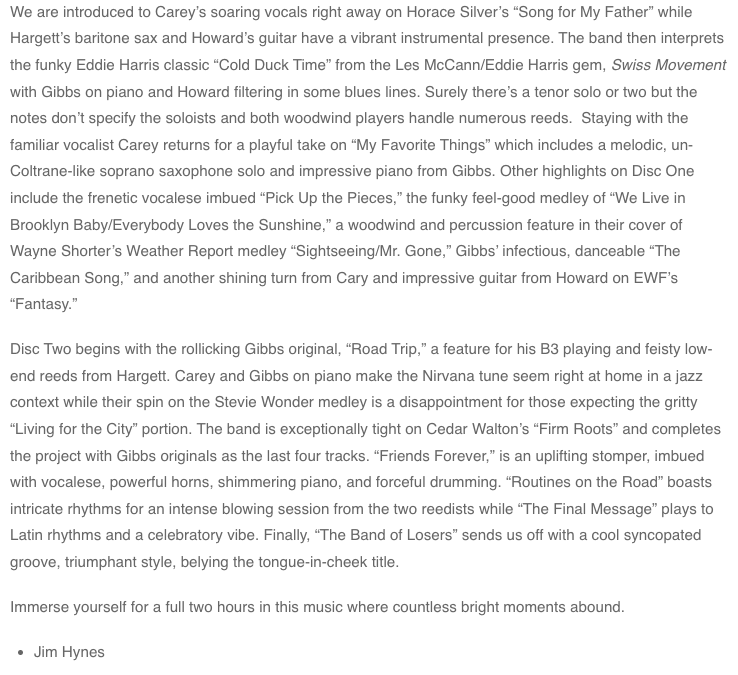
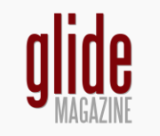
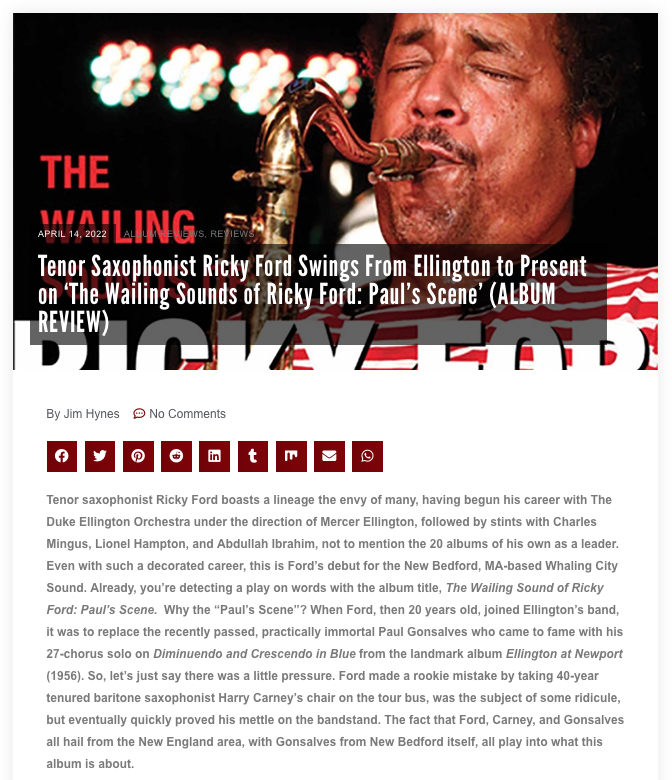
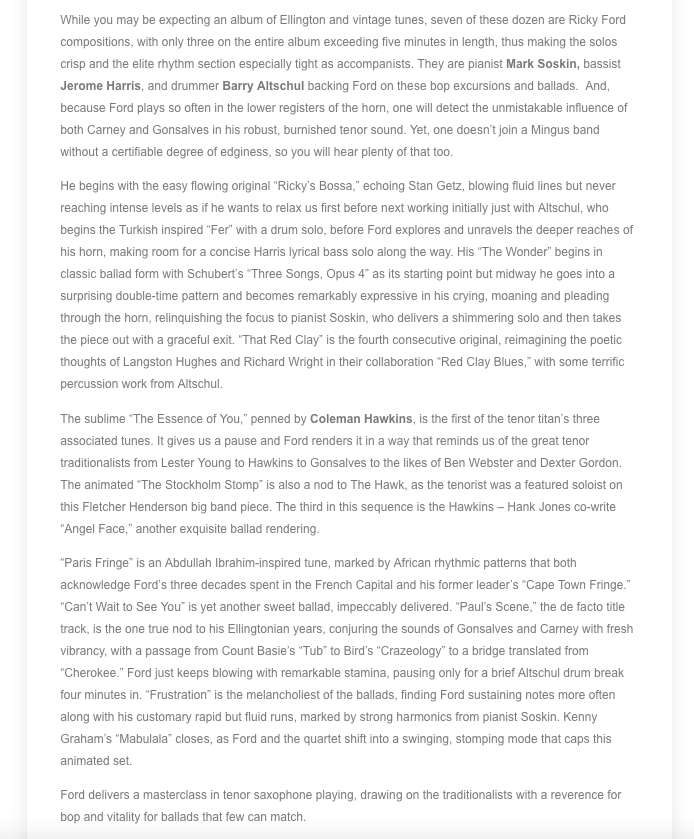

















 Music industry consultant and publicist Ginny Shea has garnered international exposure for her clients through radio and video promotion, print media, and her vast industry network.
Music industry consultant and publicist Ginny Shea has garnered international exposure for her clients through radio and video promotion, print media, and her vast industry network.